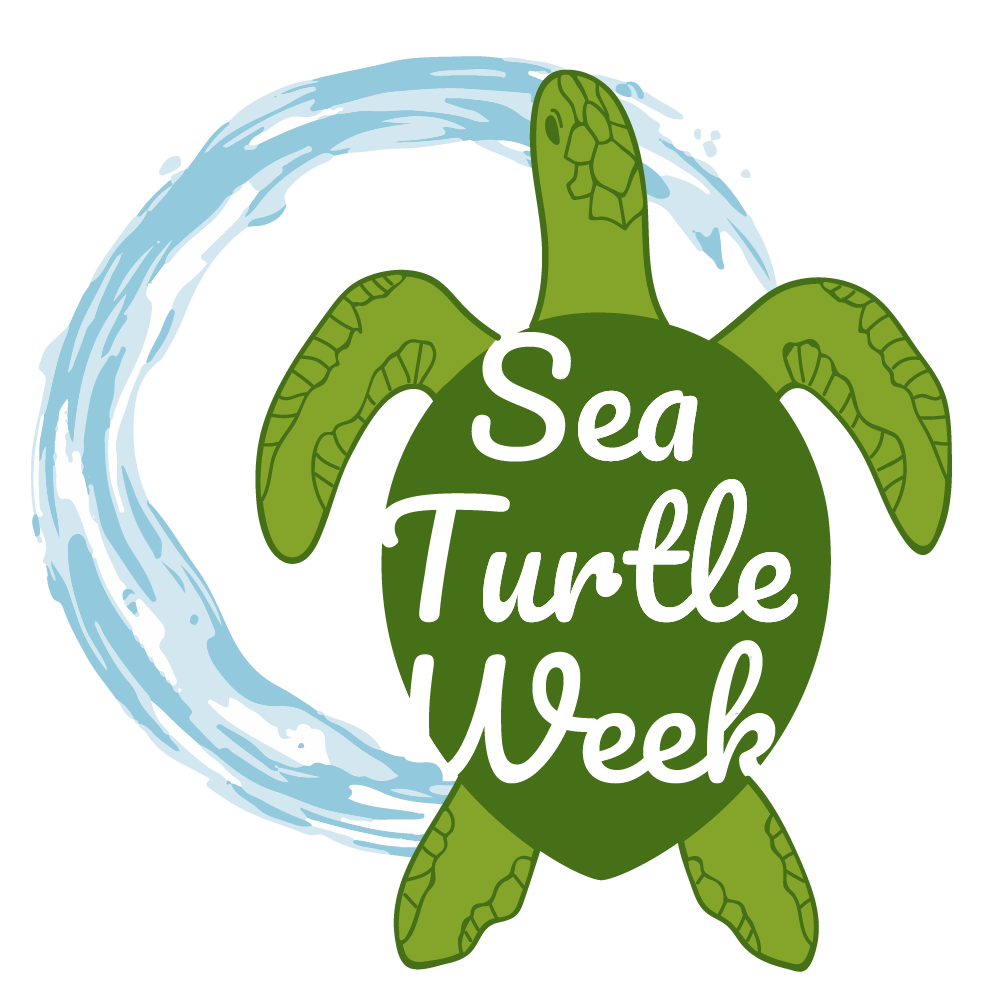JUNE 12TH - LOGGERHEAD SEA TURTLE DAY
Scientific Name: Caretta caretta
Size: ~4.0 feet (1.2 meters)
Weight: 200-400 pounds (90-180 kg)
Diet: Hard-shelled prey such as crabs, conchs, whelks
IUCN Status: Listed as Vulnerable, Population Trend: Decreasing / ESA - nine population segments all listed as Threatened or Endangered
FUN FACT
Loggerheads carry many organisms on their carapace (shell), like barnacles and crabs. Scientists have identified between 50-100 species of plant and invertebrate animals hitching a ride. These hitchhikers are called epibionts.
BEHAVIOR
Loggerheads are found throughout temperate and tropical regions of the Pacific, Indian, and Atlantic Oceans. They are one of the most abundant of the species found in the US. In the US, most of their nests are laid in Florida. From, 1998-2007 nests in Florida had declined by 40%. Since then conservation efforts have tempered this tide and a steady increase in nests have been noted from 2008-2022.
LIFESPAN
Females reach sexual maturity around 35 years of age and are estimated to live 80 years or more. The first 7 to 15 years of a loggerheads life is spent out in the open ocean. They head closer to shore to forage before eventually migrating to their nesting beaches.
REPRODUCTION
Loggerheads will nest 3-5 times per season and lay about 100 eggs per nest. Eggs incubate for roughly 2 months before hatching.
DISTRIBUTION
Loggerheads are found in every ocean around the world. Only leatherbacks have a wider distribution. The largest concentration of nesting occurs on Masirah Island off the coast of Oman in the Middle East. In the Pacific, their main nesting grounds include Japan and Australia. In the Atlantic, the main concentration occurs in Florida. They are the most common species in the Mediterranean, nesting on beaches in Greece, Turkey, and Israel.
World map providing approximate representation of the loggerhead turtle's range - NOAA Fisheries
MAJOR THREATS
The biggest threat to loggerheads is entanglement in fishing gear (also known as “bycatch”) in commercial fishing gear, including trawls, longlines, gillnets, and traps and pots. In the US trawl fishery, devices called TED’s, or Turtle Excluder Devices are required by law. These devices allow sea turtles to escape out of the nets, however in other parts of the world these devices are not regulated and they continue to be caught.
Videos
Resources FOR MORE LEARNING:
Atlantic Loggerheads: Why Isn’t the Best Understood Sea Turtle Recovering? State of the World’s Turtles (2018)
The Pacific Loggerhead, So Excellent a Connector: State of the World’s Turtles (2018)


